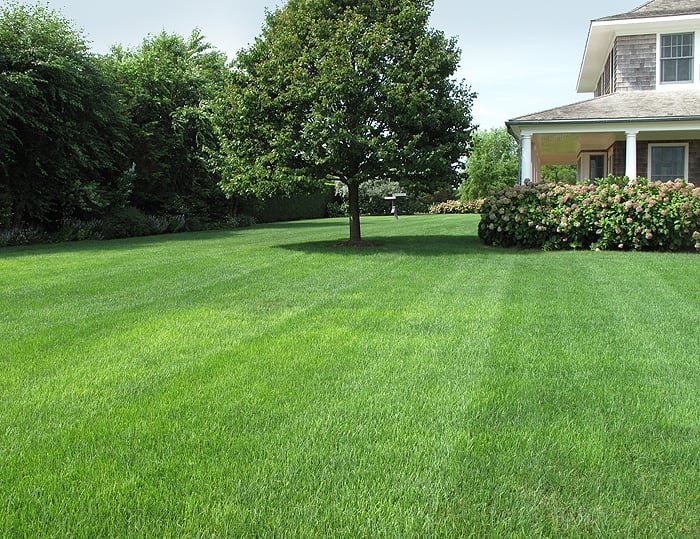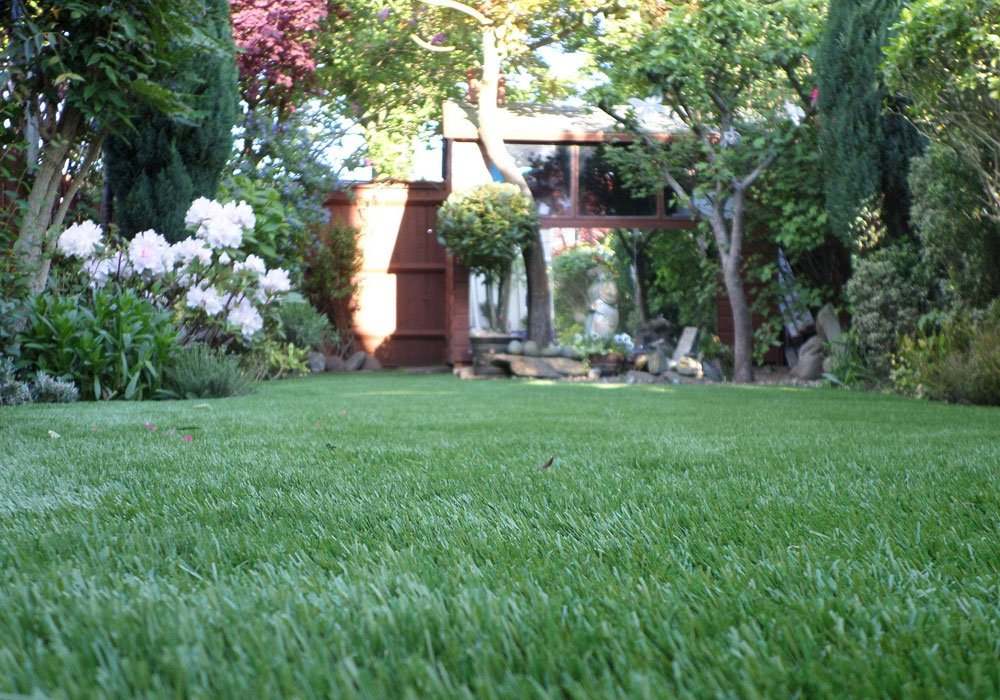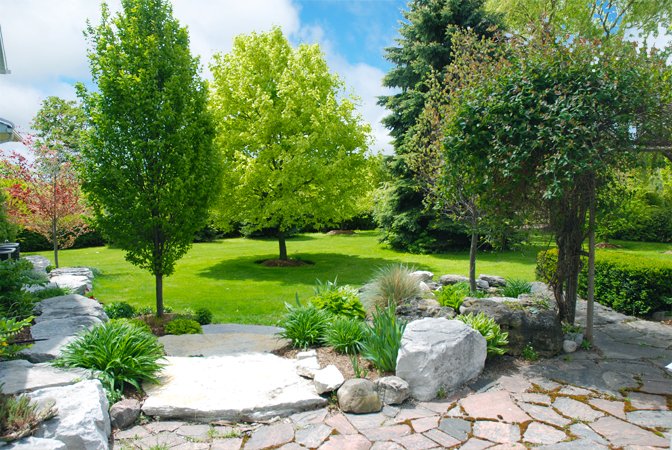Many people would prefer to plant a new tree in the same spot as an old one, but there are some things to consider before doing so. First, you will want to make sure that you have the right soil composition. After a year or so, the old tree’s parts should be completely decomposed and not present a problem for the new tree. A new tree will need fresh soil, so make sure that you prepare the area properly before planting.

You can plant a new tree where an old tree was in your yard. Depending on the species of the old tree, there are several different ways to go about doing this. In some cases, you can plant a new and smaller one next to the old one, but you should plant it around six to eight feet away from it. After a year, the old stump and roots will decompose, and you will have better soil to work with.
You can plant a new tree where an old one fell in your yard. However, this might not be the best option. The previous tree may have stripped the soil of essential nutrients. In addition, the sawdust from its removal will change the nutrient balance of the soil, and the roots of the old trees could hinder the growth of the new ones. This is why it is better to hire a professional to cut down the trees.
While it is possible to plant a tree where an old one was in your yard, it is not recommended. The removal of the old tree can be a messy process, and there are several things to consider. For instance, the replanting of the old tree will result in a hole, which can have an adverse effect on the new growth of the new trees. The last thing you want is a stump in your yard!
When it comes to planting a new tree, you can try to plant it close to the site where the previous one was, or you can plant it near the stump itself. The former should be about six to eight feet away from the stump. You may also need to wait for the old wood to decompose. The last thing you want is to damage your new tree with the roots of the previously existing one.
The second thing to remember is that there are many factors to consider before planting a new tree in the same spot as an old one. You will have to take into account the conditions in which the last older tree was. If you’re planning on planting a new one where an old one was, you must know the location first. If the stump is too large, it can pose a problem for the newly planted tree.


 Brown yards are no fun to look at. In fact, many homeowners note that the most important thing to them in regards to their home is the lawn. A green lawn is synonymous with clean, healthy, and prestigious. To keep your lawn as green as possible several lawn landscaping tips follow.
Brown yards are no fun to look at. In fact, many homeowners note that the most important thing to them in regards to their home is the lawn. A green lawn is synonymous with clean, healthy, and prestigious. To keep your lawn as green as possible several lawn landscaping tips follow. Choosing the right grass for your lawn can be a daunting task. There are so many types of grass available and so many factors to consider that you may not even know where to start choosing the right grass for your lawn. There is no reason to be afraid, though. There are a few basic steps you need to take, and by getting a little personal knowledge and making your way through the steps, you will find that choosing the right grass for your lawn is nothing to get too worried about.
Choosing the right grass for your lawn can be a daunting task. There are so many types of grass available and so many factors to consider that you may not even know where to start choosing the right grass for your lawn. There is no reason to be afraid, though. There are a few basic steps you need to take, and by getting a little personal knowledge and making your way through the steps, you will find that choosing the right grass for your lawn is nothing to get too worried about. Have you considered putting landscaping trees in your yard? Many people have because there are so many benefits to having landscaping trees. Though generally smaller trees are considered landscaping trees, virtually any tree can be used as a landscaping tree. As you probably know, landscaping is very individualistic and allows for a great deal of freedom and expression. So with that in mind, there are a number of reasons you may want to consider putting landscaping trees in your yard as part of the look and functionality of your property.
Have you considered putting landscaping trees in your yard? Many people have because there are so many benefits to having landscaping trees. Though generally smaller trees are considered landscaping trees, virtually any tree can be used as a landscaping tree. As you probably know, landscaping is very individualistic and allows for a great deal of freedom and expression. So with that in mind, there are a number of reasons you may want to consider putting landscaping trees in your yard as part of the look and functionality of your property.